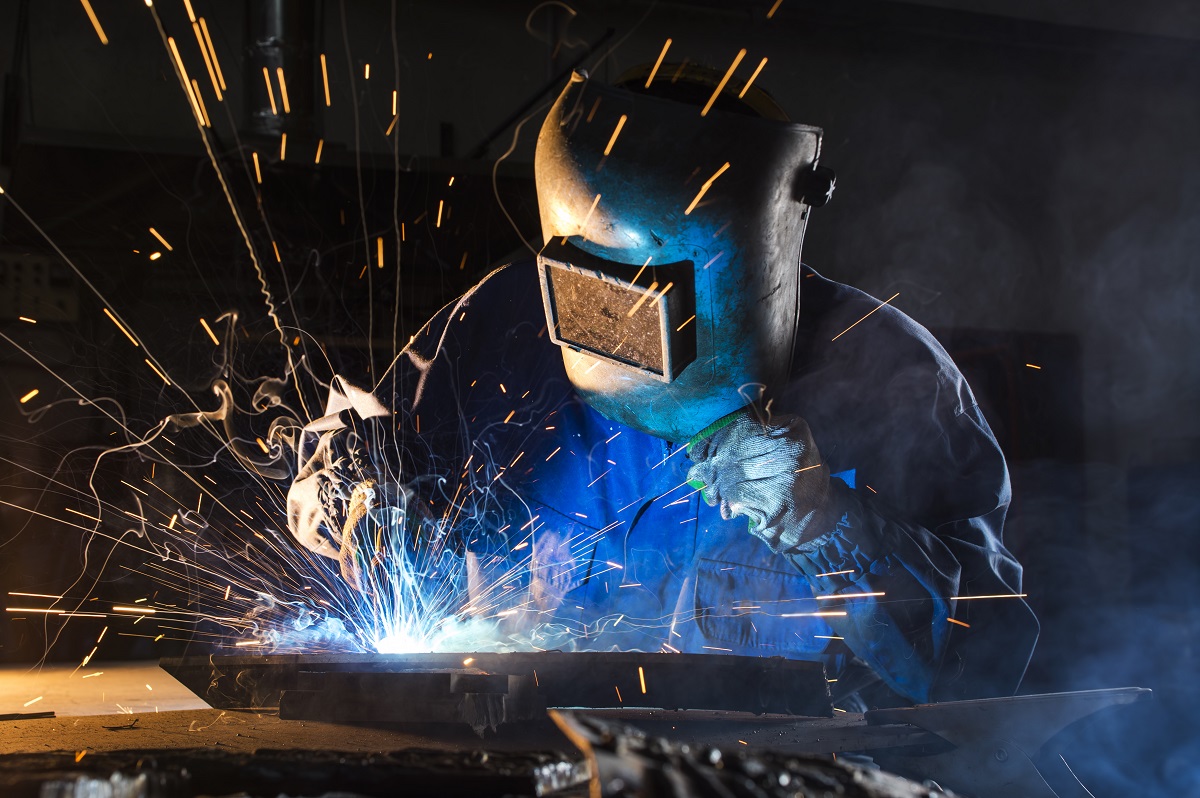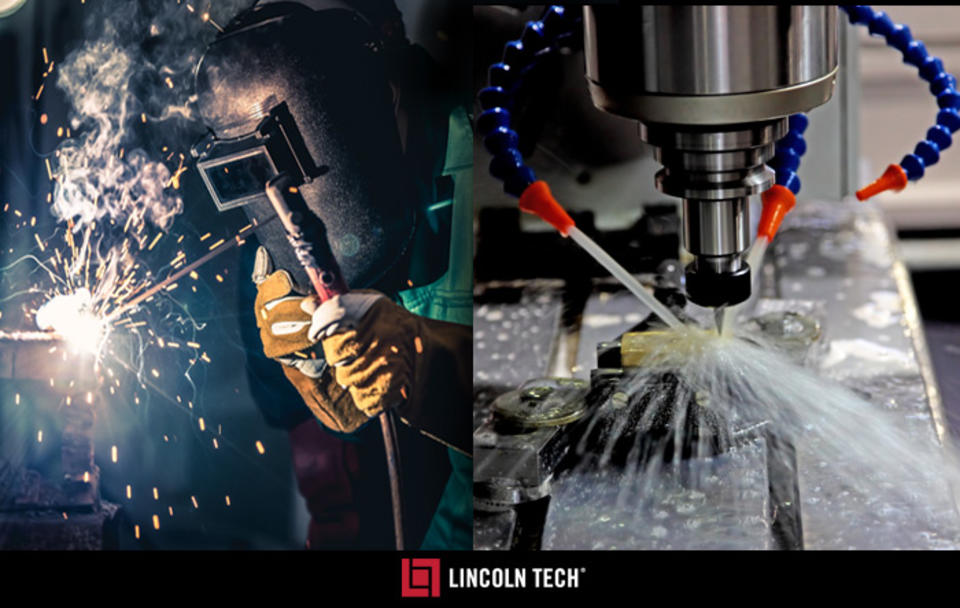Typical Welding Repair Issues and Exactly How to Address Them Properly
Welding fixings often experience a series of issues that can jeopardize the honesty of the end product. Usual issues consist of insufficient infiltration, porosity, and imbalance, among others. Each defect presents distinct difficulties that need specific approaches for resolution. Recognizing these problems is vital for welders aiming to boost their end results and abilities. This discussion will certainly explore these typical welding repair problems and efficient techniques to address them.
Insufficient Infiltration
Inadequate penetration occurs when the weld steel stops working to totally fuse with the base material, causing weak joints and possible structural failures. This problem commonly stems from insufficient heat input, inaccurate electrode angle, or incorrect welding rate. Welders may encounter insufficient penetration due to a mistake of the essential specifications for a specific material thickness or kind. In addition, contamination on the base material's surface can prevent efficient bonding, worsening the problem. To deal with poor infiltration, welders ought to assure ideal setups on their equipment and keep a tidy work surface. Regular inspection of welds is recommended to identify any shortages early, enabling prompt adjustments and the avoidance of jeopardized structural stability in welded settings up.
Porosity
Porosity is a typical flaw in welded joints that shows up as little gas bubbles caught within the weld steel. This defect can compromise the stability of the weld, causing decreased stamina and possible failure under anxiety. Montana Mobile Welding and Repair Belgrade. Porosity commonly occurs from contamination, wetness, or inappropriate welding methods, which allow gases to leave right into the liquified weld swimming pool. To address porosity, welders need to guarantee correct surface prep work, preserve a tidy workplace, and make use of suitable welding parameters. In addition, picking the appropriate filler material and protecting gas can minimize gas entrapment. Regular examination and testing of welds can aid determine porosity early, assuring prompt rehabilitative actions are taken, therefore protecting the quality and integrity of the bonded structure
Misalignment
Misalignment in welding can emerge from numerous elements, consisting of improper configuration and thermal growth. Understanding the root triggers is necessary for reliable resolution. Several improvement techniques are offered to straighten components and guarantee structural stability.
Root causes of Imbalance
Welding misalignment usually stems from a variety of underlying problems that can jeopardize architectural integrity. One main reason is inappropriate fit-up of elements before welding, which can lead to spaces and irregular surface areas. Variants in thermal expansion during the welding process can likewise lead to distortion, specifically if the products being joined have different coefficients of development. In addition, insufficient fixturing and securing might fail to hold components safely in area, resulting in activity throughout welding. Inadequately kept equipment, including welding machines and devices, may introduce disparities in the weld bead, further contributing to imbalance. Ultimately, driver error, coming from not enough training or experience, can additionally play a substantial duty in developing misaligned welds.
Adjustment Methods Readily Available
Addressing misalignment successfully calls for a mix of rehabilitative strategies customized to the details issues at hand. One typical method is using jigs or components to hold components in the correct position during welding, making certain regular alignment. Furthermore, pre-heating the materials can help decrease distortion and boost fit-up. For substantial imbalance, mechanical realignment methods, such as making use of hydraulic jacks or clamps, can be used to correct the setting before welding. Post-weld heat treatment may likewise be needed to relieve stress and anxieties triggered by imbalance. Lastly, careful assessment and adjustment throughout the configuration stage can prevent misalignment problems from becoming considerable problems, advertising a smoother welding procedure and enhancing general architectural stability.
Distortion
Distortion is a typical obstacle in welding that can emerge from various elements, consisting of uneven heating and cooling. Comprehending the reasons of distortion is important for implementing effective avoidance methods. Addressing this problem not only improves structural honesty but also enhances the overall quality of the weld.
Sources of Distortion
When based on the extreme heat of welding, materials frequently go through adjustments that can lead to distortion. This sensation primarily arises from thermal development and tightening throughout the welding procedure. As the weld area warms up, the material increases; upon cooling, it contracts, which can develop interior stress and anxieties. Furthermore, unequal heating throughout a workpiece can aggravate these stresses, leading to bending or flexing. The type of material likewise plays a significant function; metals with varying thermal conductivity and coefficients of development might react in a different way, resulting in unforeseeable distortions. Poor joint layout and poor fixturing can contribute to imbalance throughout welding, enhancing the probability of distortion. Comprehending these reasons is vital for effective welding repair and prevention strategies.
Prevention Techniques
Efficient avoidance techniques for distortion during welding focus on regulating warmth input and ensuring proper joint design. Preserving a constant warm input aids to decrease thermal growth and tightening, which can lead to distortion. Making use of techniques such as pre-heating the workpiece can likewise reduce the temperature level slope, advertising uniform heating. Furthermore, picking proper joint designs, such as T-joints or lap joints, can improve security and reduce tension focus. Applying appropriate fixturing to safeguard the workpieces in position better aids in keeping positioning during the welding process. Finally, staggered welding sequences can disperse heat much more uniformly, avoiding local distortion. By using these methods, welders can considerably lower the probability of distortion and improve the general high quality of their welds.
Breaking
Breaking is an usual concern run into in welding repair services, typically resulting from various aspects such as inappropriate air conditioning prices, material selection, or poor joint prep work. The occurrence of splits can substantially compromise the stability of the weld, leading to possible failings throughout procedure. To address this issue, welders need to first assess the origin triggers, making sure that products are suitable and properly selected for the details application. In addition, regulating the air conditioning price during the welding process is vital; fast cooling can induce tension and lead to splitting. Proper joint design and prep work also add to lessening the risk. Carrying out these methods can improve weld high quality and resilience, ultimately reducing the possibility of cracking in completed weldments.

Incomplete Fusion
A resource considerable problem in welding repair work is insufficient combination, which happens when the weld steel does not effectively bond with the base material or previous weld passes - Montana Mobile Welding and Repair Fabrication. This issue can lead to weaknesses in the joint, possibly compromising the stability of the welded framework. Factors adding to incomplete blend consist of not enough heat input, incorrect welding strategy, and contamination of the surface areas being joined. To address this problem effectively, welders should guarantee proper pre-weld cleansing and surface area prep work, along with change smaw their welding parameters to achieve appropriate penetration and fusion. Normal evaluation throughout the welding procedure can also aid recognize incomplete combination early, enabling for prompt rehabilitative steps to enhance the general top quality of the weld
Overheating
While welding repair services can enhance architectural stability, overheating offers a significant challenge that can cause product deterioration. Excessive warm throughout welding can modify the mechanical residential properties of steels, causing decreased toughness, enhanced brittleness, and bending. This sensation is especially important in high-stress applications where structural reliability is paramount. Recognizing getting too hot can include visual assessments for discoloration or distortion, in addition to keeping an eye on temperature level throughout the welding process. To alleviate the risks related to getting too hot, welders need to use ideal methods, such as regulating warm input, readjusting traveling rate, and making use of ideal filler products. Furthermore, executing pre- and post-weld warm treatments can assist recover material buildings and enhance the overall high quality of the repair service, making sure long-term efficiency and safety.
Frequently Asked Questions
What Are the Common Signs of a Welding Issue?

How Can I Evaluate My Welds for High quality?
To check welds for top quality, one can utilize aesthetic evaluations, ultrasonic screening, and radiographic approaches. Each strategy guarantees structural stability, recognizes problems, and validates adherence to specified requirements, eventually boosting the integrity of the welded joints.
What Safety Precautions Should I Take While Welding?
When welding, one need to prioritize safety and security by wearing ideal personal protective devices, making certain correct air flow, securing flammable materials away, maintaining a tidy work space, and understanding surroundings to stop mishaps and injuries.
Can I Repair a Weld Without Redesigning the Entire Joint?
Fixing a weld without renovating the entire joint is possible, depending upon the damages (Belgrade Fabrication). Strategies such as grinding, including filler product, or utilizing a welding process can efficiently address specific problems while maintaining the bordering framework
What Tools Are Necessary for Efficient Welding Repair Works?
Necessary devices for efficient welding fixings include a welding Get More Information equipment, cable brush, mill, protective equipment, clamps, and filler products. Each device plays an important role in guaranteeing high quality and safety and security during the fixing process. Porosity typically arises from contamination, moisture, or inappropriate welding strategies, which enable gases to run away into the molten weld swimming pool. Inadequately maintained devices, consisting of welding makers and devices, might introduce inconsistencies in the weld bead, further contributing to imbalance. When subjected to the extreme warm of welding, materials frequently go through adjustments that can lead to distortion. Fracturing is a typical problem encountered in welding repair services, typically resulting from various elements such as incorrect air conditioning prices, material selection, or insufficient joint prep work. A considerable concern in welding repairs is incomplete blend, which happens when the weld metal does not adequately bond with the base product or previous weld passes.